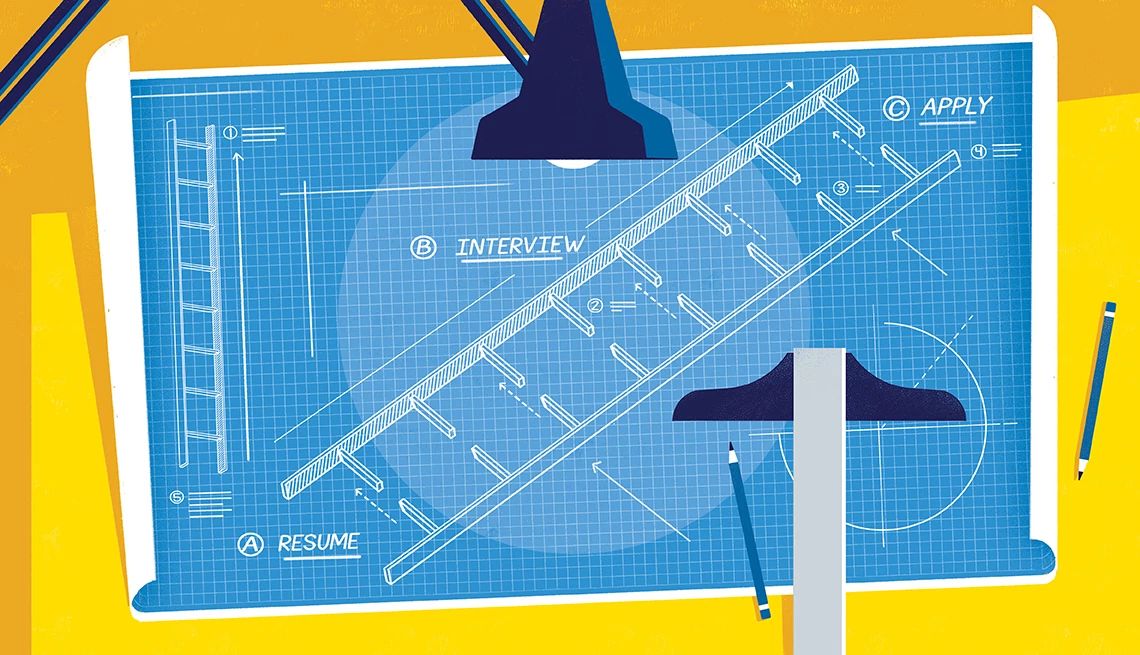AARP Hearing Center
CLOSE ×
Search
Popular Searches
- right_container
- Health
- Money
- Work & Jobs
- Advocacy
- Social Security
- Medicare
- Caregiving
- Games
- Travel
- More...
- Entertainment & Style
- Family & Relationships
- Personal Tech
- Home & Living
- Auto
- Staying Sharp
- Podcasts
- Videos
Posted on 01/05/24
This article originally appeared on AARP.org in January 2024
AARP Events for Crystal River
-
Featured Event
Walk with a Doc (Celebration/Kissimmee)
Monday, Dec 8, 2025 at 8:30 a.m. ET
North Village Pavilion
Kissimmee, FL
-
Featured Event
Walk with a Doc Tampa
Saturday, Dec 13, 2025 at 8:00 a.m. ET
Woodland Terrace Park
Tampa, FL
-
Featured Event
Movies for Grownups: ‘Wicked: For Good’
Sunday, Dec 14, 2025 at 3:00 p.m. ET
Regal Hollywood - Port Richey
Port Richey, FL

































































